How to Plant Strawberries: A Seasonal Guide for Lush Berries
- February 5, 2024
- 0 comment
Strawberries, with their sweet and succulent taste, are a delightful addition to any garden. Growing your strawberries not only ensures a fresh supply of this delectable fruit but also allows you to experience the joy of cultivating your own produce. Whether you’re a seasoned gardener or a novice with a green thumb, this seasonal guide will walk you through the steps of planting strawberries, ensuring a bountiful harvest of lush, flavorful berries.

Benefits of Strawberries
| Benefit | Description |
|---|---|
| Rich in Vitamin C | Strawberries are a potent source of vitamin C, contributing to immune system health and collagen production. |
| Antioxidant Properties | High levels of antioxidants, including anthocyanins and quercetin, help combat oxidative stress and inflammation. |
| Heart Health | The presence of anthocyanins may promote heart health by reducing blood pressure and improving cholesterol levels. |
| Fiber Content | Strawberries are a good source of dietary fiber, supporting digestive health and aiding in weight management. |
| Bone Health | The combination of vitamin C, manganese, and other minerals in strawberries contributes to bone health. |
| Anti-Inflammatory | The presence of quercetin and other compounds may help reduce inflammation in the body. |
| Blood Sugar Regulation | Fiber and polyphenols in strawberries contribute to stable blood sugar levels. |
| Cancer-Fighting Properties | Some studies suggest that the antioxidants in strawberries may have cancer-preventive effects. |
| Skin Health | Vitamin C aids in collagen synthesis, promoting healthy skin, and antioxidants help combat skin aging. |
| Low in Calories | Strawberries are a low-calorie fruit, making them a nutritious and guilt-free snack. |
Choosing the Right Varieties
Spring is the perfect time to start your strawberry-growing journey. Before you get your hands dirty, decide on the strawberry varieties that suit your taste and climate. June-bearing strawberries produce a single, large harvest in late spring or early summer, while everbearing and day-neutral varieties yield smaller crops throughout the growing season. Research local recommendations or consult with gardening experts to select varieties that thrive in your region.
Varieties of Strawberries
Albion
Albion is a day-neutral strawberry variety known for its large, firm berries with a sweet flavor. It is suitable for both home gardens and commercial production. Albion produces fruit throughout the growing season, making it a favorite for continuous harvest.
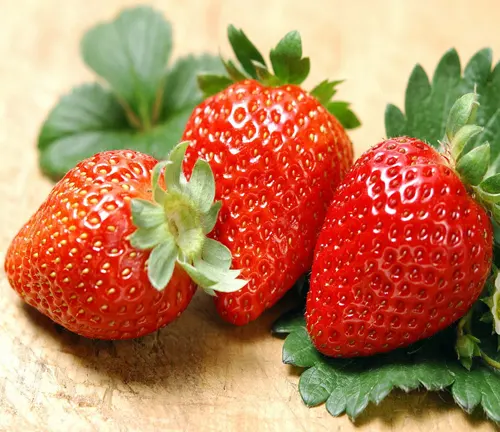
Honeoye
This June-bearing strawberry variety is recognized for its early harvest. Honeoye strawberries are medium to large in size, bright red, and have a sweet-tart flavor. They are well-suited for fresh eating and processing.
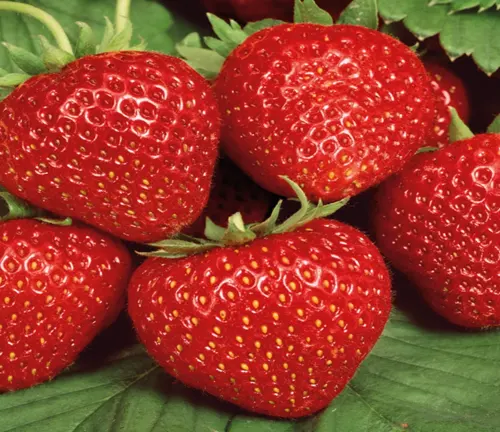
Eversweet
As the name suggests, Eversweet is an everbearing strawberry variety that produces fruit consistently throughout the growing season. The berries are medium-sized, sweet, and ideal for fresh consumption or processing.

Seascape
Seascape is a day-neutral strawberry cultivar known for its excellent flavor and large, firm berries. It is resistant to certain diseases and pests, making it a popular choice for both home gardeners and commercial growers.
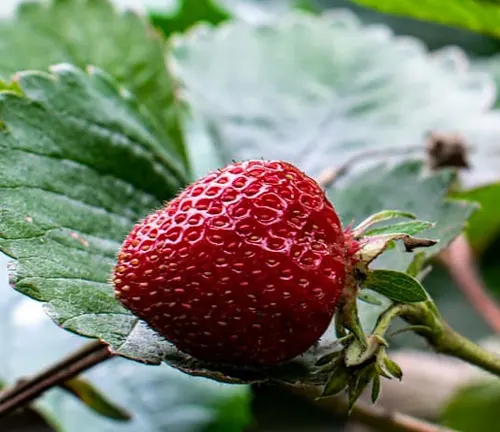
Ozark Beauty
Ozark Beauty is a June-bearing variety that yields sweet, medium-sized berries. It is appreciated for its vigorous growth and is well-suited for both northern and southern climates. Ozark Beauty strawberries are excellent for fresh eating and preserving.
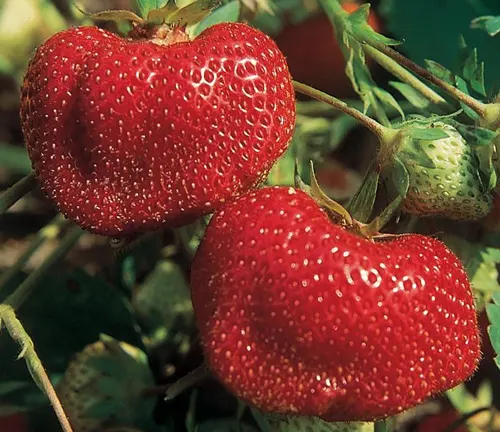
Chandler
Chandler is a June-bearing strawberry variety famous for its large, juicy berries. It has a sweet flavor and is often chosen for pick-your-own operations due to its popularity among consumers.
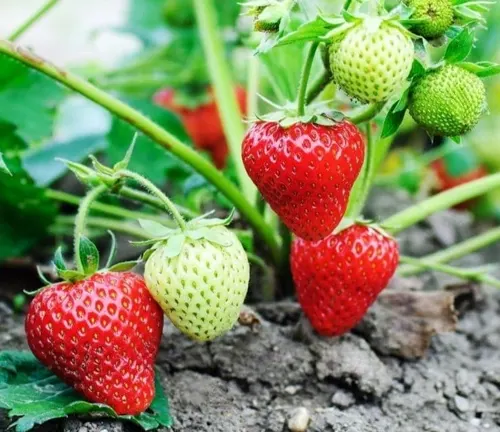
Tristar
Tristar is a day-neutral strawberry cultivar known for its flavorful, small to medium-sized berries. It is a reliable producer throughout the growing season and is well-suited for hanging baskets, containers, or traditional garden beds.

Quinault
Quinault is an everbearing strawberry variety with a reputation for producing sweet, medium-sized berries. It is a low-maintenance option for home gardeners and is suitable for both milder and cooler climates.

Sparkle
Sparkle is a June-bearing strawberry variety that has been a favorite for many years. It produces medium-sized berries with a sweet-tart flavor. Sparkle strawberries are known for their excellent freezing and preserving qualities.
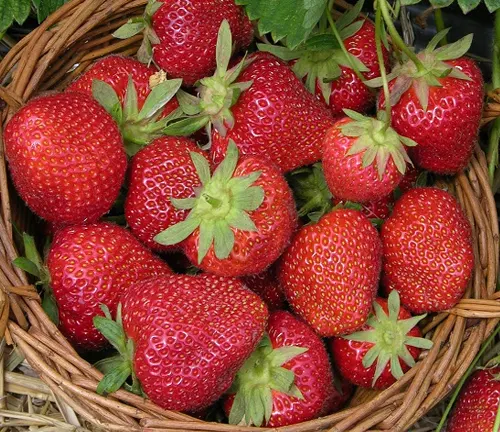
Fort Laramie
Fort Laramie is an everbearing strawberry variety that performs well in colder climates. It produces medium-sized berries with a sweet taste and is suitable for fresh eating or processing.
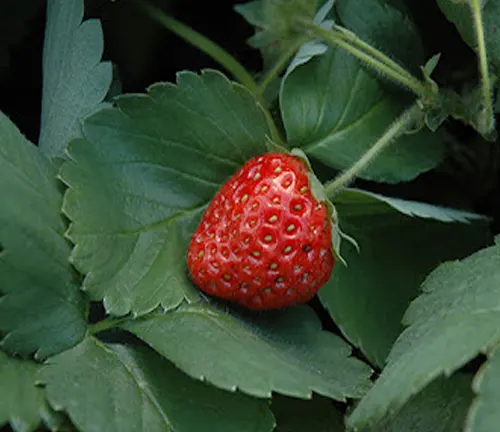
Site Selection and Soil Preparation
Strawberries thrive in well-draining soil with a slightly acidic to neutral pH (around 5.5 to 7). Choose a sunny location for your strawberry patch, ensuring that the plants receive at least 6-8 hours of sunlight daily. Prepare the soil by removing any weeds and incorporating organic matter, such as compost, to enhance fertility and water retention. Break up the soil to create a loose, aerated environment for the strawberry roots.
Site Selection
Sunlight: Choose a sunny location for your strawberry patch. Strawberries thrive in full sunlight, and a minimum of 6-8 hours of direct sunlight each day is ideal. A sunny site promotes better flower and fruit development, resulting in a more abundant harvest.

Well-Draining Soil: Strawberries prefer well-draining soil to prevent waterlogged roots, which can lead to diseases like root rot. Avoid areas with poor drainage or heavy clay soils. If your soil doesn’t drain well, consider planting strawberries in raised beds to improve drainage.
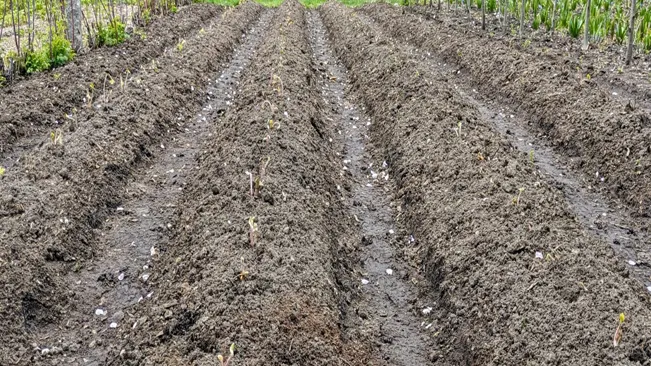
Air Circulation: Good air circulation helps prevent diseases by reducing humidity around the plants. Avoid planting strawberries in areas with heavy shade or where the plants might be crowded by other vegetation. Adequate spacing between plants and rows promotes airflow.
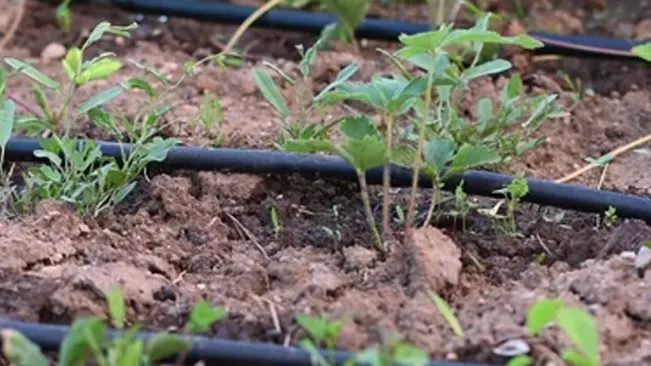
Proximity to Water Source: While strawberries don’t like waterlogged conditions, they still require consistent moisture. Choose a location that is convenient for watering, especially during dry periods. Drip irrigation systems or soaker hoses are preferable to avoid wetting the foliage, which can contribute to disease.
Soil Preparation
Soil pH: Test the soil pH to ensure it falls within the optimal range for strawberries, which is slightly acidic to neutral (around 5.5 to 7). Adjust the pH using lime to raise it or elemental sulfur to lower it. Proper pH levels enhance nutrient availability for the plants.
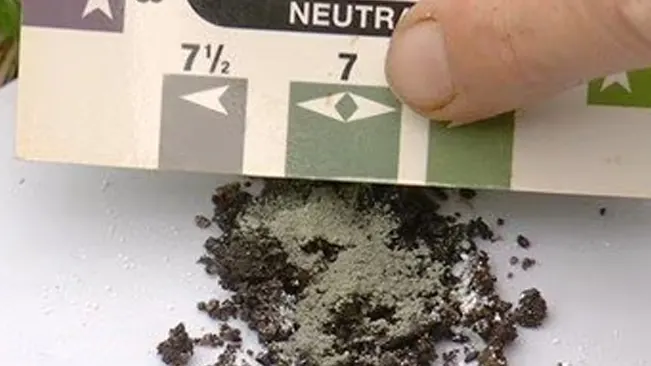
Weed Removal: Clear the chosen area of any existing weeds before planting. Weeds can compete with strawberries for nutrients, water, and sunlight. Removing weeds reduces competition and helps the strawberry plants establish themselves more effectively.
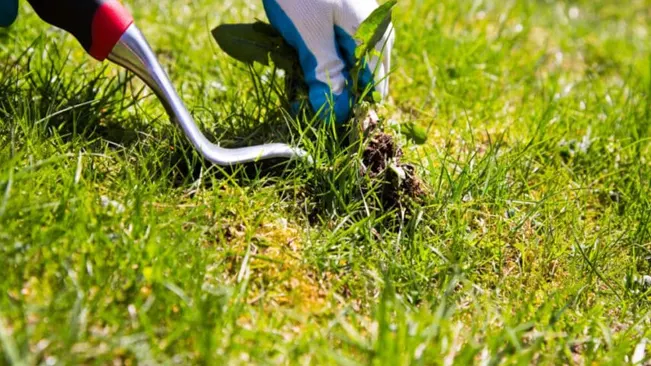
Incorporate Organic Matter: Enhance soil fertility and structure by incorporating organic matter, such as well-rotted compost or aged manure. Work the organic matter into the top 6-8 inches of soil. This not only adds essential nutrients but also improves water retention and drainage.
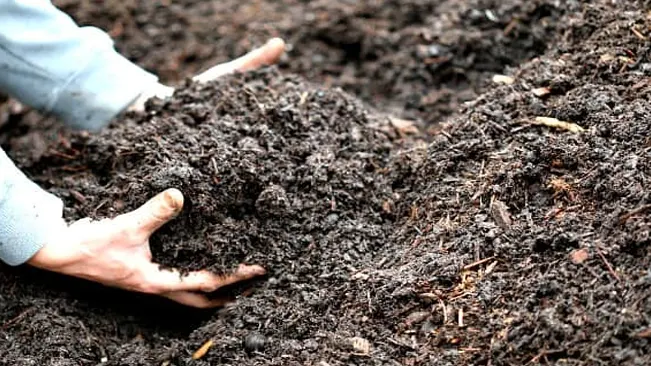
Aeration: Use a garden fork or tiller to aerate the soil. Loose, well-aerated soil promotes healthy root development and facilitates the penetration of water and nutrients.
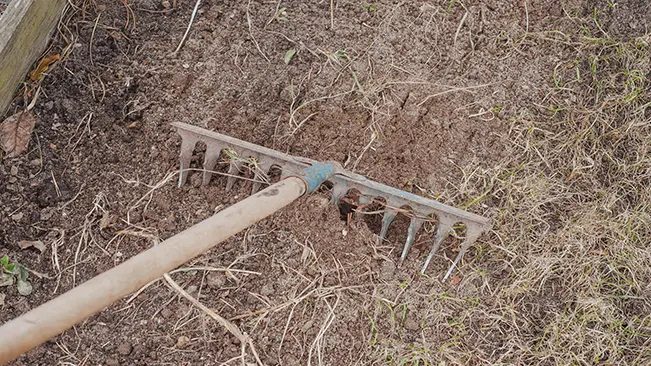
Raised Beds: Consider planting strawberries in raised beds, especially if your soil has drainage issues. Raised beds improve drainage, warm up faster in the spring, and provide a more controlled environment for growing strawberries.
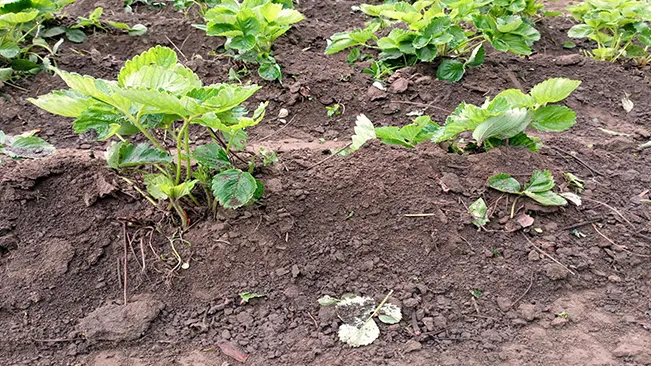
Mulching: While not strictly a part of soil preparation, applying a layer of organic mulch, such as straw or shredded leaves, around the strawberry plants after planting helps suppress weeds, retain soil moisture, and protect the berries from direct contact with the soil.
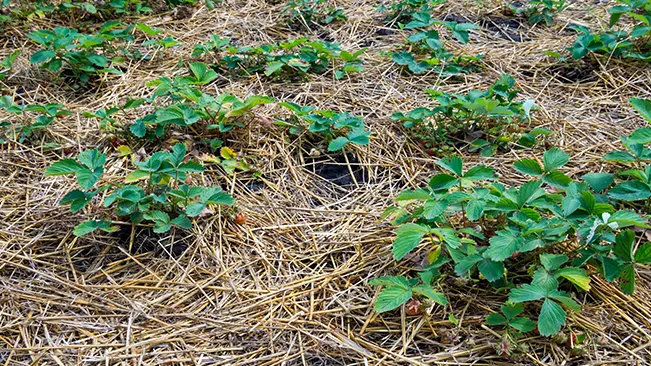
Care and Maintenance
As summer arrives, your strawberry plants will enter the flowering and fruiting stage. To ensure a healthy and abundant harvest, follow these care and maintenance tips
Preparing for Summer
- Fertilization: Feed your strawberry plants with a balanced fertilizer when they begin to produce runners. Follow the recommended dosage on the fertilizer package, and avoid over-fertilizing, as this can lead to excessive foliage growth at the expense of fruit production.
- Watering: Maintain consistent soil moisture throughout the summer. Water at the base of the plants keeps the leaves dry and minimizes the risk of fungal diseases. Be cautious not to overwater, as strawberries are susceptible to root rot.
- Runners: As strawberry plants grow, they produce runners – horizontal stems that root and give rise to new plants. Pinch off excess runners to channel the plant’s energy into fruit production. You can also choose to transplant some of the runners to expand your strawberry patch.
- Pest Control: Keep an eye out for pests such as aphids, slugs, and snails. Control measures can include handpicking, natural predators, or applying organic insecticides. Regularly inspect your plants to address potential issues promptly.
Preparing for Winter
As summer fades into fall, it’s time to prepare your strawberry plants for the winter months. Follow these steps to ensure a robust return in the next growing season:
- Pruning: Trim back the foliage of June-bearing strawberries to about 1 inch above the crowns after the last harvest. For everbearing and day-neutral varieties, remove older leaves throughout the season to encourage new growth. This pruning helps improve air circulation and reduces the risk of diseases.
- Mulching: Apply a thicker layer of mulch (about 4-6 inches) in the fall to protect the strawberry plants from winter temperatures. This mulch acts as insulation, preventing freezing and thawing cycles that can damage the roots. Use straw, pine needles, or leaves for effective winter protection.
Different Types of Growing Strawberries
In-Ground Rows
Traditional Rows: Planting strawberries in traditional rows is a common method for large gardens or commercial production. Rows are spaced apart to allow for easy access and air circulation.
Matted Rows: This technique involves planting strawberries close together in rows, allowing them to spread and form a matted bed over time. It’s suitable for June-bearing varieties.
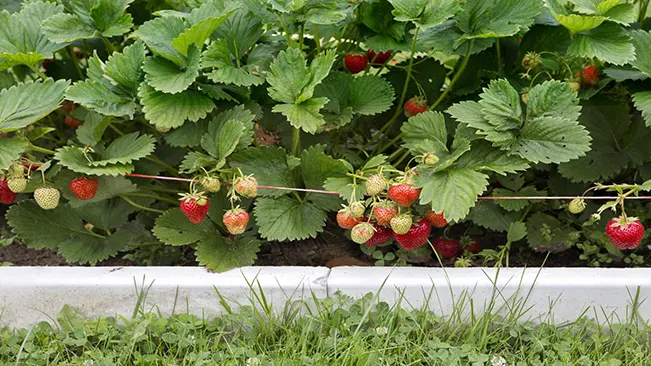
Raised Beds
Elevated Planting: Growing strawberries in raised beds offers better drainage, improved aeration, and warmer soil in the spring. This method is advantageous for gardeners dealing with compacted or poorly draining soil.
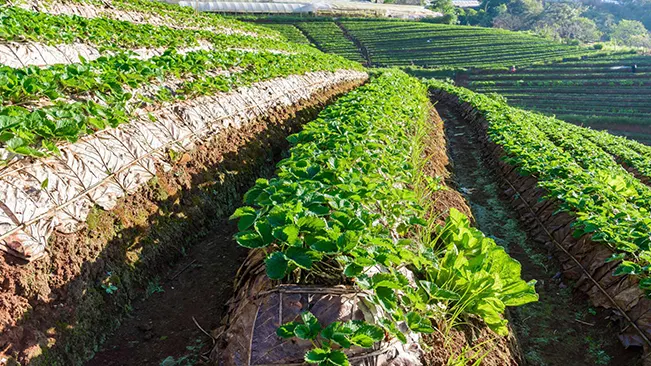
Hanging Baskets or Containers
Hanging Baskets: Planting strawberries in hanging baskets is a space-saving and visually appealing option. It’s suitable for both small gardens and balconies. Ensure the basket allows for proper drainage.
Containers: Growing strawberries in containers provides flexibility in terms of location. Use containers with drainage holes and a well-draining potting mix. This method is ideal for patios, decks, or small spaces.
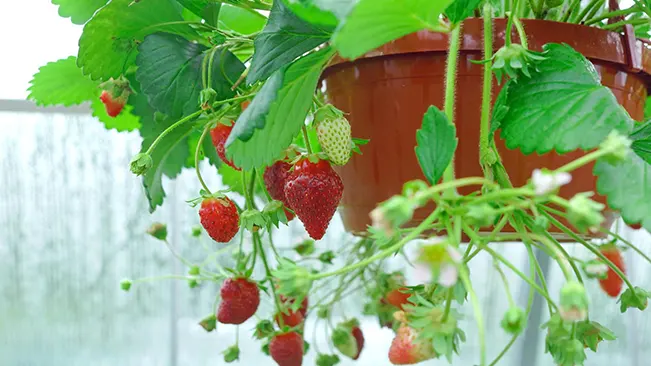
Pyramid or Tower Planting
Vertical Planting: Pyramid or tower planting involves stacking containers or planting pockets vertically, maximizing space. This method is suitable for small gardens or areas with limited ground space.
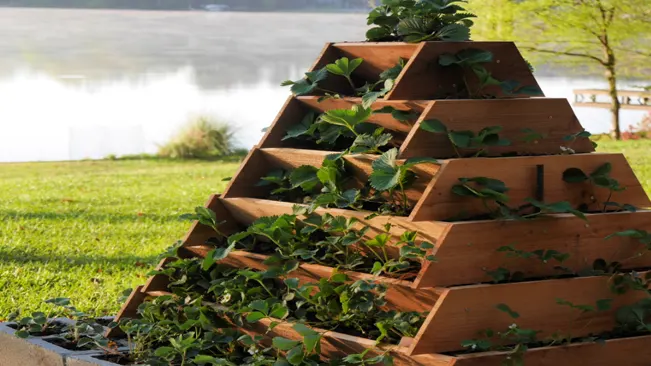
Gutter Planting
Gutter Systems: In this method, strawberries are planted in gutters attached to a structure, such as a fence or wall. It’s a space-efficient way to grow strawberries, especially in urban or limited-space settings.

Alpine Strawberry Borders
Edible Borders: Alpine strawberries, which are a smaller and perpetual-bearing variety, are often used as edible borders in flower beds or vegetable gardens. They add a decorative element while producing delicious berries.

Containers with Runners
Propagation from Runners: Allow strawberry plants to produce runners, and use these runners to start new plants in containers. This method allows for easy expansion of your strawberry patch.

Hydroponic or Tower Systems
Soilless Growing: Growing strawberries hydroponically or in tower systems is a modern approach that uses nutrient-rich water solutions or substrate-filled towers. This method can be suitable for indoor or greenhouse cultivation.

Companion Planting
Mixed Planting: Integrate strawberries into mixed plantings with other companion plants, such as herbs or flowers. This can enhance biodiversity, deter pests, and create an aesthetically pleasing garden.

Container Hanging Bags
Space-Saving Bags: Hanging bags or pouches designed for vertical gardening can be used to grow strawberries. Hang them on walls or fences to make the most of limited space.

Conclusion
With proper care and attention to seasonal needs, you can enjoy a continuous supply of lush strawberries from your garden. From selecting the right varieties to preparing for winter, this seasonal guide provides the essential steps for cultivating delicious berries in your backyard. Embrace the joy of growing your own strawberries and savor the fruits of your labor come harvest time. Happy planting!
FAQs (Frequently Asked Questions)
- What is the best time to plant strawberries?
The ideal time to plant strawberries depends on your location and climate. In most regions, planting in early spring or late summer to early fall is recommended. - How far apart should I space my strawberry plants?
For in-ground planting, space strawberry plants 12-18 inches apart in rows, with 2-3 feet between rows. In raised beds or containers, follow a similar spacing guideline. - Do strawberries need full sunlight?
Yes, strawberries thrive in full sunlight. They require a minimum of 6-8 hours of direct sunlight daily for optimal growth and fruit production. - How often should I water my strawberry plants?
Strawberries prefer consistent moisture. Water them regularly, aiming for 1 to 1.5 inches of water per week. Avoid overwatering to prevent root rot, and water at the base of the plants to keep foliage dry. - What type of soil do strawberries prefer?
Strawberries prefer well-draining soil with a slightly acidic to neutral pH (around 5.5 to 7). Amending the soil with organic matter, such as compost, helps improve fertility and drainage. - Can I grow strawberries in containers?
Yes, strawberries can be grown in containers. Use pots with drainage holes, a well-draining potting mix, and ensure the container receives adequate sunlight. Hanging baskets and strawberry jars are popular container options. - Do strawberries need fertilizer, and how often should it be applied?
Yes, strawberries benefit from fertilizer. Apply a balanced fertilizer when the plants begin to produce runners. Follow the recommended dosage on the fertilizer package, and avoid over-fertilizing. - How do I prevent weeds in my strawberry patch?
Mulching with straw, shredded leaves, or other organic materials helps suppress weeds. Regular weeding is essential, especially when the strawberry plants are establishing themselves. - Should I prune my strawberry plants, and if so, when?
Yes, pruning helps maintain plant health. For June-bearing varieties, trim back the foliage to about 1 inch above the crowns after the last harvest. Remove older leaves of everbearing varieties throughout the growing season. - What pests and diseases should I watch out for when growing strawberries?
Common pests include aphids, slugs, and snails. Diseases like gray mold (Botrytis) and powdery mildew can also affect strawberries. Regular inspection, proper spacing, and good airflow can help prevent issues. Consider using organic pest control methods.

Kristine Moore
Forestry AuthorI'm Kristine Moore, a seasoned garden landscaping professional with over 30 years of experience. My extensive career has been dedicated to transforming outdoor spaces into stunning, sustainable landscapes. With a deep understanding of horticulture, design principles, and environmental stewardship, I have become a respected figure in the field, known for creating harmonious, visually appealing, and eco-friendly gardens. My commitment to excellence and continuous learning in landscaping trends and techniques has solidified my reputation as an expert in garden design and implementation.


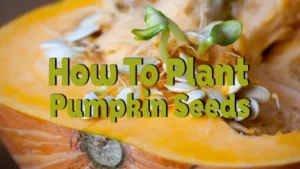
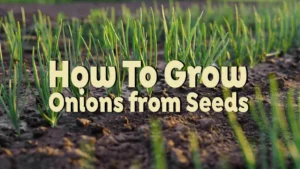
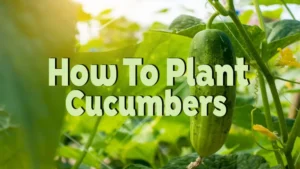
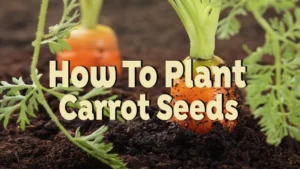
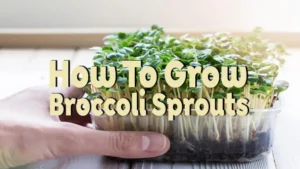
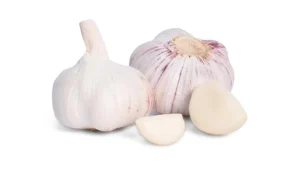
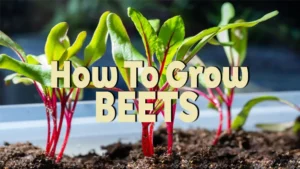

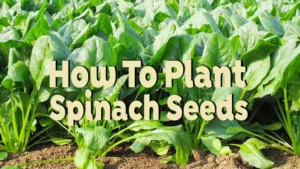

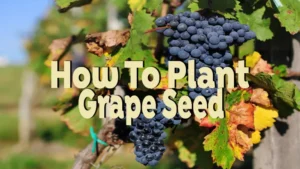
Leave your comment